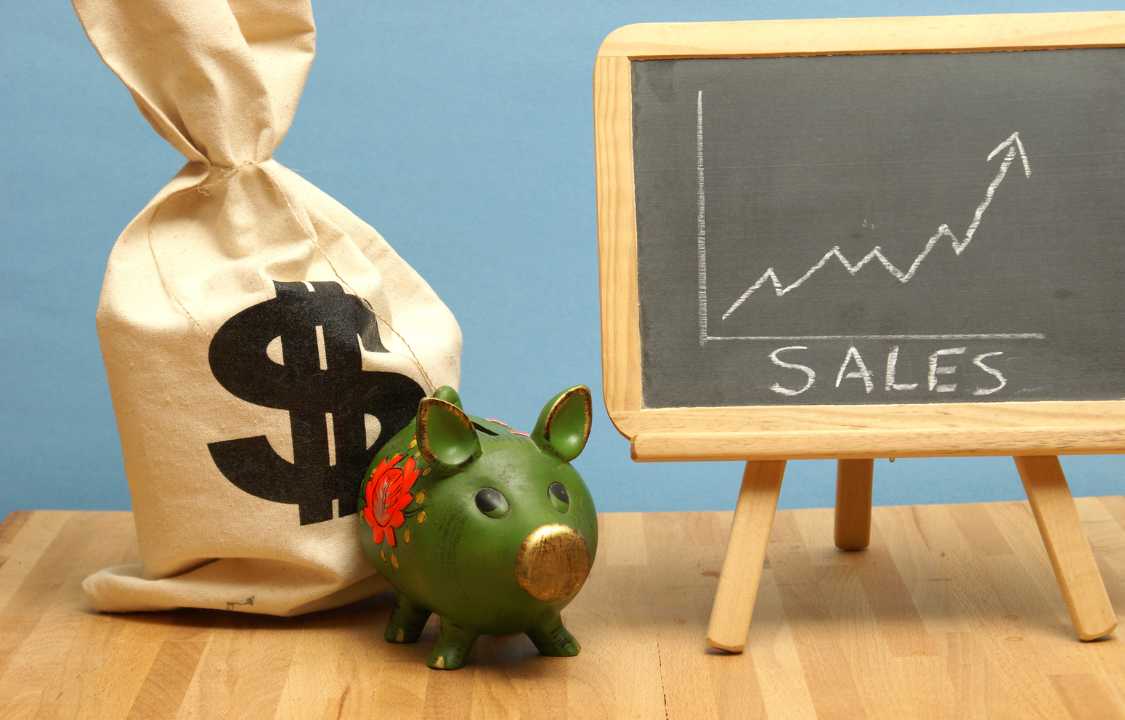Business
15 Ways to Set Prices to Increase Sales
Competitive pricing is a must for any successful organization. It has a direct bearing on your sales, profits, and competitive standing. In today’s highly competitive market, pricing your goods and services correctly might mean the difference between success and failure. In this article, we will discuss 15 pricing methods that have the potential to increase sales and bring in more money for your company.
1. Cost-Plus Pricing
Cost-plus pricing is a straightforward strategy where you calculate the total cost of producing your product or delivering your service and then add a markup to determine the selling price. This approach ensures you cover your expenses and make a profit. However, it may not be the most effective way to maximize sales.
2. Value-Based Pricing
Pricing based on customer value perception is called value-based pricing. It involves understanding your target audience’s needs, preferences, and willingness to pay. By aligning your price with the value your product or service provides, you can capture a premium and boost sales among those who see the worth in what you offer.
3. Competitive Pricing
Competitive pricing involves setting your prices in line with or slightly below your competitors. This strategy can help you gain market share and appeal to price-sensitive customers. Keep an eye on your competitors’ pricing strategies and adjust yours accordingly to stay competitive.
4. Dynamic Pricing
Dynamic pricing is a flexible strategy where you adjust your prices based on real-time market conditions, demand, and other variables. This approach is commonly used in e-commerce, travel, and hospitality industries, allowing businesses to maximize revenue by charging different prices at different times.
5. Penetration Pricing
Penetration pricing involves setting a lower-than-average price for your products or services to quickly gain market share. Once you establish a customer base, you can gradually increase prices. This strategy is effective for new entrants or when introducing a new product to the market.
6. Price Skimming
Price skimming is the opposite of penetration pricing. Here, you initially set a high price to capture early adopters and those willing to pay a premium for your offering. Over time, you gradually lower the price to reach a broader customer base. This strategy works well for innovative and unique products.
7. Bundle Pricing
When many goods or services are sold together, the total price is lower than if they were sold separately. By encouraging customers to spend more, this tactic can boost your business’s average order value.
8. Psychological Pricing
Psychological pricing leverages human psychology to influence buying decisions. Strategies like setting prices just below round numbers ($9.99 instead of $10) or emphasizing the savings (20% off) can make products appear more attractive and boost sales.
9. Freemium Pricing
Freemium pricing is common in software and digital services. You give out your product or service in its most basic form for free, but you charge for upgrades and additional features. This allows you to attract a wide user base and convert a percentage into paying customers.
10. Loss Leader Pricing
Loss leader pricing involves selling a product or service at a loss or minimal profit to attract customers to your store or website. The idea is that once they are in, they will purchase other items with higher profit margins, ultimately boosting overall sales.
11. Anchor Pricing
Anchor pricing is a strategy where you present a high-priced option alongside your target offering. This high price “anchors” the customer’s perception, making your target price seem more reasonable in comparison. It can lead to increased sales of your intended product.
12. Subscription Pricing
Subscription pricing involves charging customers a recurring fee for ongoing access to your products or services. This business approach has the potential to bring in consistent profits while simultaneously fostering brand loyalty.
13. Loyalty Pricing
Rewarding loyal customers with discounts or special pricing can boost retention and repeat business. Implementing a tiered loyalty program based on purchase history or frequency of engagement can incentivize customers to stick with your brand.
14. Geographic Pricing
Adjusting prices based on geographic location can help you optimize your sales strategy for different markets. You might charge more in areas with higher incomes or lower prices in regions with lower purchasing power.
15. Seasonal Pricing
Seasonal pricing takes advantage of fluctuations in demand during different times of the year. By adjusting your prices to match the seasons, holidays, or special events, you can maximize sales during peak periods.
Conclusion
Effective pricing strategies are essential for boosting your sales and achieving long-term business success. The right pricing strategy should align with your business goals, target audience, and market conditions. Consider experimenting with different pricing strategies and monitoring their impact on sales and profitability to find the best fit for your business. Pricing is not static; it should evolve as your business grows and changes. By getting good at these pricing tactics, you can increase sales and stay competitive in the fast-paced business world of today.

